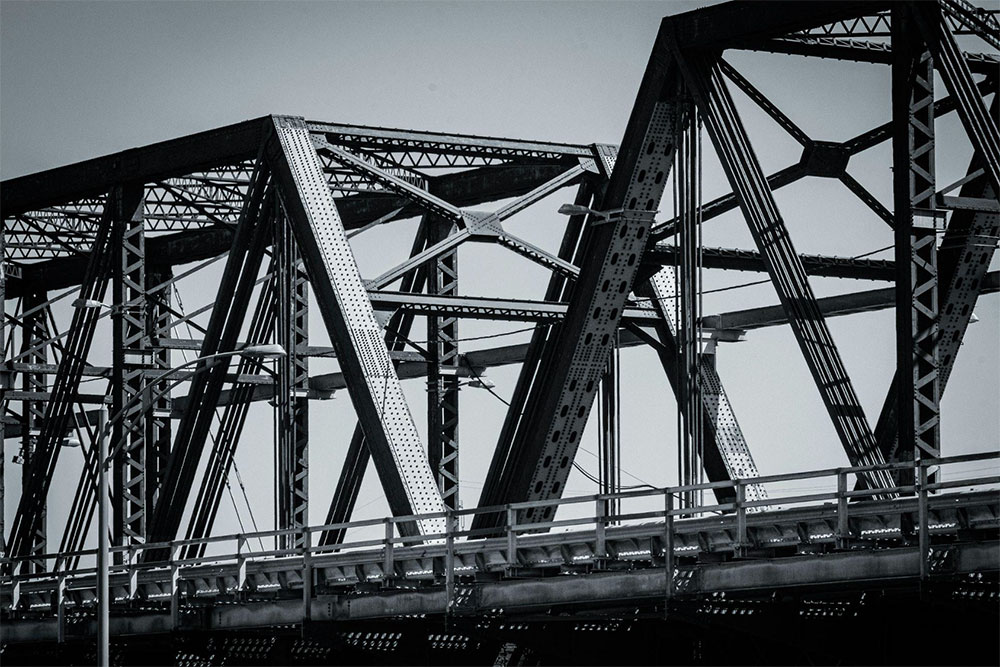Zinc has quietly earned a vital place in construction due to its unique combination of durability, sustainability, and protective properties. Though often overlooked compared to flashier materials, zinc’s ability to resist corrosion, extend the life of structures, and reduce maintenance costs has made it a cornerstone in projects ranging from infrastructure to urban architecture.
Unlike metals that degrade quickly when exposed to moisture or air, zinc forms a protective layer that shields the structure beneath it. Its durability is matched by its ability to be reused without losing performance. In large-scale construction, this means fewer material replacements over time, saving both resources and labor.
As Anthony Blumberg notes, projects that prioritize long-term value often incorporate zinc into their design to meet structural demands while supporting sustainability. It’s found in roofing, cladding, and even rainwater systems where reliability is essential.
How Zinc Protects Steel and Concrete Structures
Galvanization is a process where zinc is applied to steel surfaces, acting as a barrier against corrosion and environmental damage. The result is a longer-lasting structure that can endure harsh conditions without compromising safety.
Coastal bridges, industrial facilities, and highway guardrails often rely on zinc coatings to withstand constant exposure to moisture and pollutants. Even when scratched or damaged, the zinc continues to protect exposed areas by corroding in place of the steel. Ships, oil rigs, and power plants also leverage zinc to combat salty air and moisture-heavy environments.
Proven Results in Projects
Decades-old bridges in the United States and Europe maintain structural integrity in part because of zinc’s protective role. These structures face daily stress from weather, traffic, and temperature shifts, yet require less frequent maintenance compared to others built without zinc.
In urban environments, architects have turned to zinc not only for its performance but also for its visual appeal. Rooftops and facades made with zinc develop a natural patina over time, blending beauty with function. This dual benefit has made zinc a favorite in both engineering and design circles. The material has even found its place in historic restorations where modern strength must meet traditional aesthetics.
Environmental and Cost Advantages
Zinc stands out as a smart choice for builders looking to combine performance with sustainability. Its ability to be recycled indefinitely means that even after decades of use, the material can be recovered and reused without losing its core properties. This reduces the demand for virgin resources and limits industrial waste. Zinc’s relatively low melting point also means it requires less energy to process compared to other metals.
The cost savings over a structure’s lifespan are equally compelling. Because zinc-coated materials resist corrosion so effectively, they require fewer repairs and replacements. Municipalities and developers looking to stretch budgets often choose zinc to cut down on long-term maintenance without sacrificing safety or appearance. In many cases, the total lifecycle costs of zinc-coated systems are significantly lower than alternatives.
Clearing Up Common Misconceptions
Many assume zinc is primarily decorative or secondary to more familiar metals like steel or aluminum. In reality, zinc plays a central structural role in protecting and extending the life of those very materials. Its presence might not always be visible, but its impact is measurable in the reduced need for repairs and longer project lifespans.
Another widespread myth is that zinc can’t handle extreme environments. On the contrary, it performs exceptionally well in coastal, industrial, and urban settings. Its resilience under such conditions has been proven across decades of use in demanding infrastructure. Zinc’s patina also resists aggressive chemicals, making it reliable in chemically exposed environments.
What’s Lies Ahead for Zinc
Engineers are developing high-performance zinc alloys that offer even greater durability and flexibility, opening new possibilities in both design and application. Coating technologies continue to advance as well, improving how zinc is applied and how well it bonds to other materials.
Zinc’s role in green building certifications and climate-conscious projects is expanding rapidly. Modern architecture increasingly favors materials that support long-term energy efficiency and low environmental impact—areas where zinc naturally excels.






